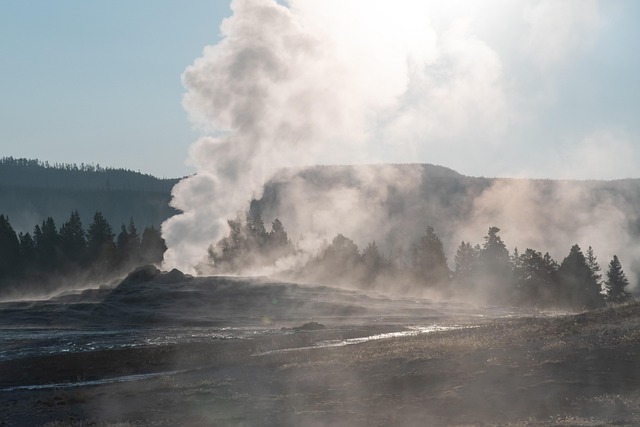As the world grapples with the pressing challenges of climate change, the urgency for sustainable energy solutions has never been clearer. Among these solutions lies geothermal energy, a potent yet often underappreciated resource that holds significant promise for reducing emissions and fostering a greener future.
The effects of climate change are evident in our ecosystems, with rising temperatures, extreme weather events, and disappearing habitats impacting not just wildlife but also human livelihoods. As we move towards a renewable energy landscape, we must emphasize approaches that not only reduce our carbon footprint but also tap into the Earth’s natural resources responsibly. Geothermal energy, derived from the heat stored beneath the Earth’s surface, provides an efficient and reliable means of achieving these goals.
One of the remarkable aspects of geothermal energy is its low emissions. Unlike fossil fuels, which release carbon dioxide and other greenhouse gases when burned, geothermal power plants produce minimal pollutants. This clean energy makes a substantial difference, as shifting towards geothermal energy can significantly lower our contributions to air pollution and climate change. For communities that have historically relied on coal or natural gas, transitioning to geothermal power offers an opportunity to not only reduce emissions but also to transform their local economies.
Moreover, geothermal energy systems can operate continuously, providing a consistent power supply unaffected by weather fluctuations. This reliability is crucial as we strive for energy security in a world increasingly affected by climate extremes. By harnessing the heat from hot springs, geysers, and the Earth’s core itself, we can develop resilient energy infrastructures that support both environmental and economic stability.
Investing in geothermal energy infrastructure also aids in job creation and local development, often in regions that are economically challenged. The possibilities range from creating jobs in drilling, plant operation, and maintenance to research in innovative geothermal technologies. All of these aspects contribute to a greener economy that prioritizes sustainability alongside growth.
As governments and organizations around the globe seek to mitigate climate change, many are beginning to recognize the potential of geothermal energy. Countries like Iceland and the Philippines have successfully integrated it into their energy mix, serving as models for others to follow. These nations demonstrate that a shift to geothermal energy isn’t just feasible but can also be transformative, significantly cutting down emissions and paving the way for a sustainable energy future.
It is crucial for individuals to advocate for policies and practices that prioritize geothermal solutions. As consumers and citizens, we can influence local and national conversations about energy. Supporting initiatives that promote geothermal energy can help propel this green technology into the mainstream, addressing climate change and fostering a healthier planet.
In summary, the fight against climate change beckons for the exploration and adoption of all available resources. Geothermal energy presents a powerful opportunity not only to reduce emissions but also to empower communities, create jobs, and drive sustainable economic progress. By harnessing the Earth’s heat, we can take a decisive step toward a cleaner, greener future for generations to come.



